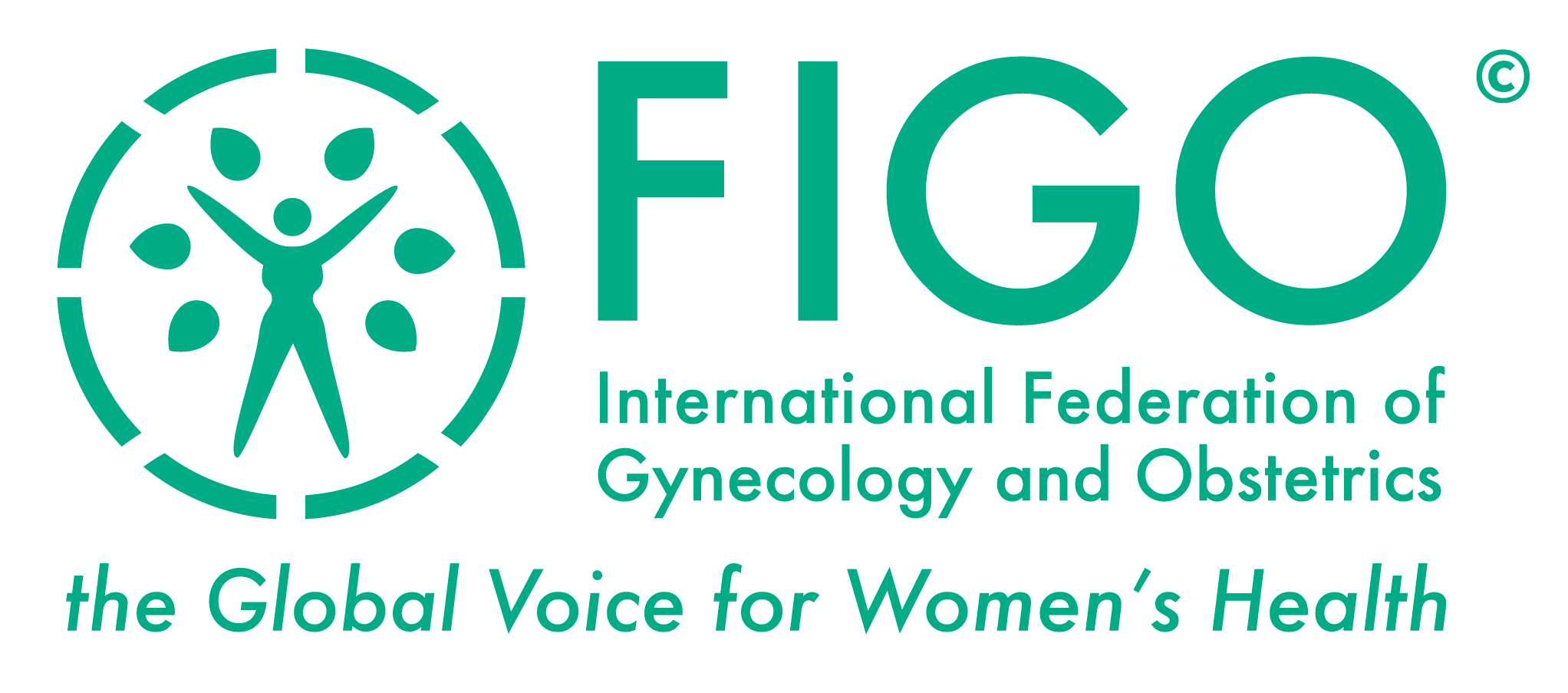
1. Quality of Life: Infertility reduces quality of life, especially through negative psychosocial consequences. These range from fear and depression to stigmatization and lost dignity in death. The negative consequences of childlessness are more frequent and more severe in developing countries.
Infertility is both a health problem and a social problem. WHO has defined infertility as a disease, thereby recognizing that infertility seriously affects a person’s health (ICMART and WHO, 2009). Unfortunately, many people and countries continue to think of infertility as a mere personal wish and, as such, give it little priority in their health systems (ESHRE Taskforce Ethics & Law, 2009). Infertility has also many negative psychological and social consequences including marital instability, anxiety, depression, social isolation and deprivation, loss of social status, loss of gender identity, ostracism and abuse (Hammarberg, 2013, Nahar, 2011). Most religions place a high value on children, and infertility may affect a person’s religious or spiritual well-being in life and even after death (Dyer, 2007; van Balen and Bos, 2009). Social consequences such as marital conflict or deprivation may in turn impact on health (for example through exposure to sexually transmitted disease or poverty-related illness) thus creating a vicious cycle between social and health consequences secondary to infertility.
To some extent these consequences are rooted in the fact that, especially in developing countries, infertility violates a social norm of having (many) children. The violation of a social norm, even if unintended, results in stigmatization. Others may think of an infertile person as having less worth as a woman, a man or an adult, and infertile people may think of themselves as being inferior to somebody with children. This can cause loss of self-esteem and self-worth and give rise to ostracism, neglect, deprivation and abuse.
The many negative psychological, social and cultural consequences have been classified into six stages (Daar and Merali, 2002). These levels reflect both the continuum and the multiplicity of harm inflicted by infertility.
| Level 1 | Guilt, self-blame, fear |
| Level 2 | Marital stress, economic stress, helplessness, depression |
| Level 3 | Mild marital or social violence and abuse, serious economic hardship, social alienation |
| Level 4 | Moderate to severe marital or social violence and abuse, severe economic deprivation |
| Level 5 | Death through violence-induced suicide, starvation, disease |
| Level 6 | Lost dignities in death |
Increasingly, health-systems focus on quality of life and well-being, and not only on morbidity and mortality. Several instruments exist which seek to measure quality of life (QoL) and compare QoL between people living with different diseases. At present many of these instruments do not capture the true extent of the experience of infertility. It is important that researchers find a way to appropriately document the QoL of people suffering from infertility and to inform health politicians and planners of the finding. In this way, limited resources can be allocated more fairly and equitably.
